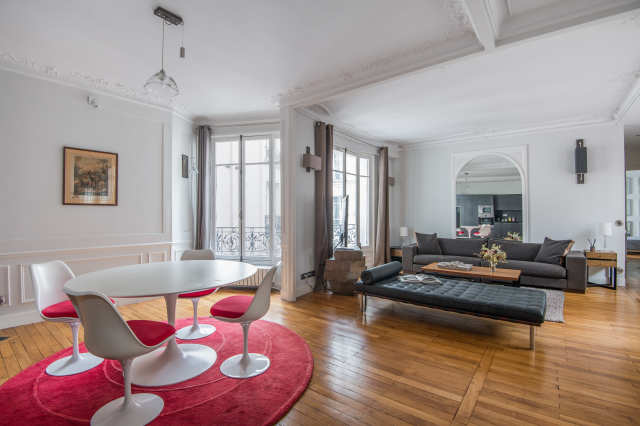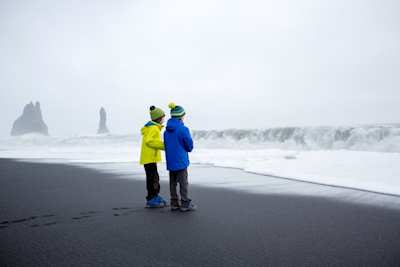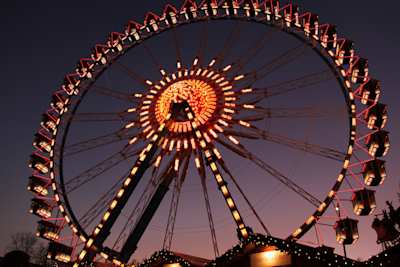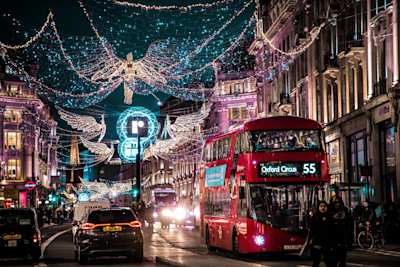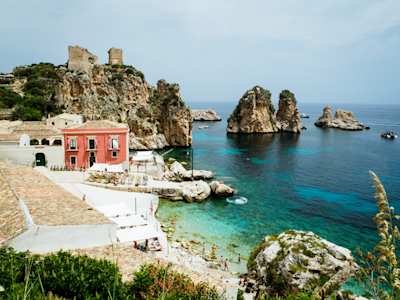How Americans See Europe
A sideways glance at what Americans think of Europe
~
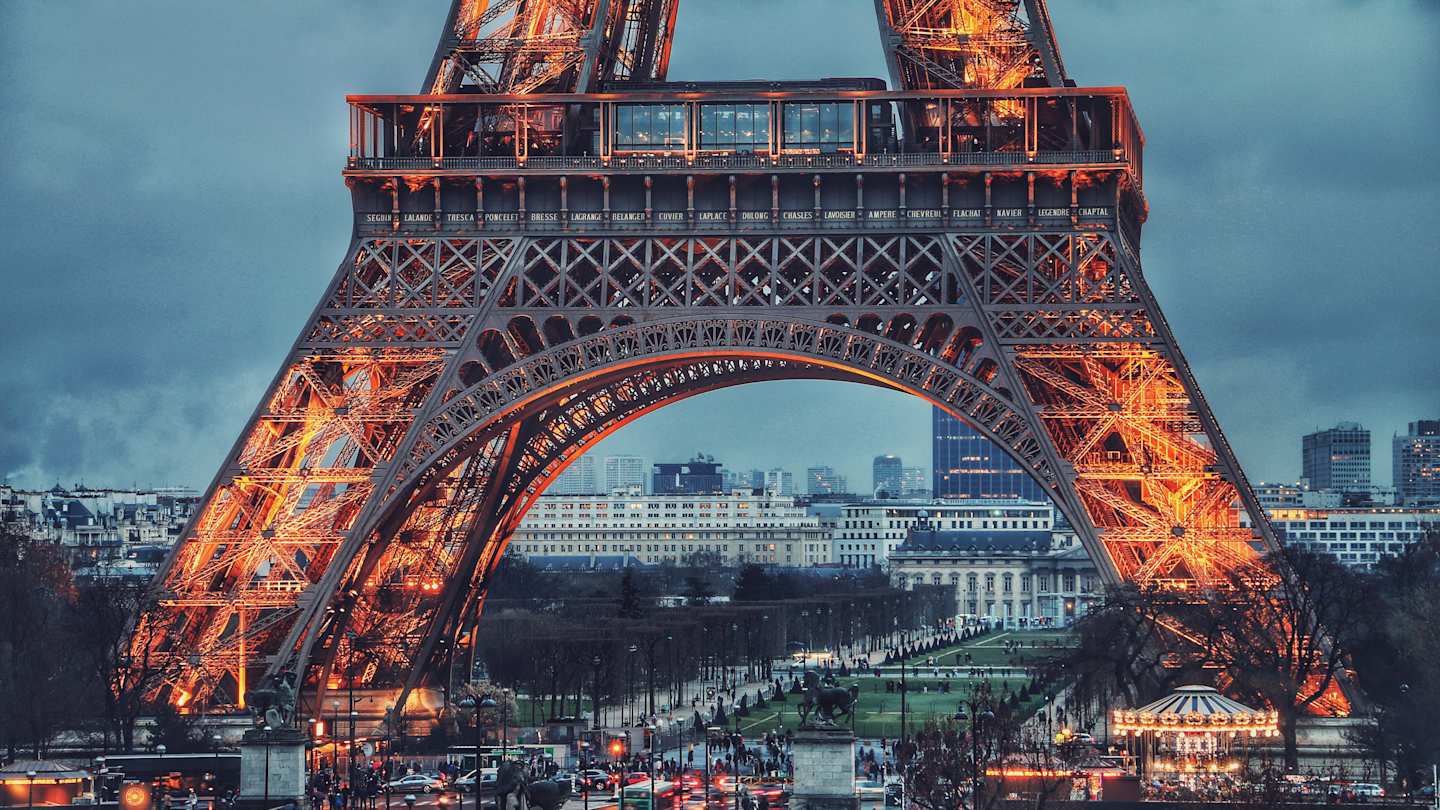
It can be scary upping roots (is that a word? upping?) and moving to Europe (for a short holiday). It's not like back in the USA, where a person knows where they stand. But think of Europe like the United States of Europe and it'll start to seem far more manageable. Sure, the plugs are different and the people might seem a little cold or hot or loud or quiet. But it's not all that different from moving between certain states in the US.
Whether it's seeing how Europeans do sports (hint: differently) or learning about social conventions, there's a lot to learn during your trip to Europe. So, here's our list featuring some of the most noticeable differences and how Americans see Europe. Here at Plum Guide, we've put in extensive research to ensure that all of our advice is accurate and precise, so if you're looking for expert suggestions regarding your trip, look no further.
The food is small but stylish
Just make sure to get a few portions, because what may seem like a normal dish to your average American could feed a family of 23 in France, where the portions are smaller and more chic. Prepare yourself in Paris for an enormous plate with a tiny drizzle of dressing atop a cherry tomato in the centre. Seriously though, the Parisiennes know how to dine in style and the courses keep coming. You’ll get enough from all the wine, bread and cheese to send you straight to sleep in your pick of the fabulous Paris serviced apartments on offer.
Make sure to try the specialties, from currywurst in Germany to a full English in London. Vegetarian food can be a little harder to come by in certain parts of France, but you’ll be spoilt for choice in London, Berlin and other capitals of culture.
Sport can be scarily important to people
By all means, take your family to a game. But take extra care not to wear a rival team’s shirt in the wrong area. Sport in Europe is a little less family-oriented than in the US, as passions bubble over and rude chants fly back and forth between the fans. This can be a little intimidating for youngsters, particularly when their mother or father is the biggest hooligan of them all. So, do try not to get carried away at the football (soccer), particularly at rival games such as Barcelona vs Real Madrid, Benfica vs Sporting Lisbon and London's Tottenham vs Arsenal. Meanwhile, you could head down to a game of handball in France or Germany, or even try the hurling in Ireland.
Sundays aren't the day for shopping
Of course, it depends on the country, but many European nations pretty much close down on Sundays. The advantage is that everything is a lot quieter and less busy. It’s a time to contemplate life, unwind and be with your family. You could embrace the art of slow travel in Paris. Or explore the best parks and gardens in Madrid. Use this time to get away from the hassle of shops and malls, and head into the countryside, where you can enjoy the leafy settings in the suburbs of London or Berlin. The rest of the week, the big cities across Europe are shopping havens. Unlike in many parts of the US, the cost of tax is usually included on the tag, so you pay the price you see.
The range of languages is complicated
When thinking about how Americans see Europe, we have to hold our hands up and say that language is where the metaphor about the United States of Europe falls down. Almost every country has a different language, and some will surprise you. For example, if you wander down the streets of Barcelona shouting in Spanish, you’ll likely offend the Catalan-speaking locals. And they’re pretty serious about it - the people here even want to get a divorce from the rest of Spain, so tensions are running high. In Switzerland, they speak four different languages: French, German, Italian and something else (Romansh apparently). In Belgium, they speak three languages. French in the south, Flemish in the north and German in the east. If this complicates things, your best bet is to visit the British Isles, although you might just encounter some speakers of Welsh, Cornish or Gaelic among other languages.
It isn't easy to know how to greet people
This one is an absolute minefield. There are parts of France where you’re supposed to kiss one another four times on the cheek to say hello and goodbye. If you’re at a party with 20 other guests, that amounts to 160 kisses in total, so expect to have sore lips and cheeks afterwards (or slip out the backdoor unseen). Other parts of France just do two or three kisses, while Italians have similar customs. In Germany, a solemn handshake will do the trick, but don’t ask, ‘How’s it going’, as they’re not used to hearing that and tend to take that kind of greeting with total sincerity. They’ll often be surprised you asked, before either declining to tell you or going on about their day in quite excruciating detail.
The way of life is certainly different
They say beer is cheaper than water in Prague, so make sure you don’t end up with a hangover that’ll tip you into the Vltava River (don’t even try to pronounce it). The plugs are a bit weird and different to the US system around Europe, but you’ll be greeted by a monstrous thing in the UK, with their three-pronged behemoths. People eat super late in the hotter climes of southern Europe, while you better watch out on the roads in those parts of the continent. That said, a little further north, Germany has the autobahn, which has no speed limit. So there we have it, our guide to how Americans see Europe and everything you need to know when crossing the pond.
